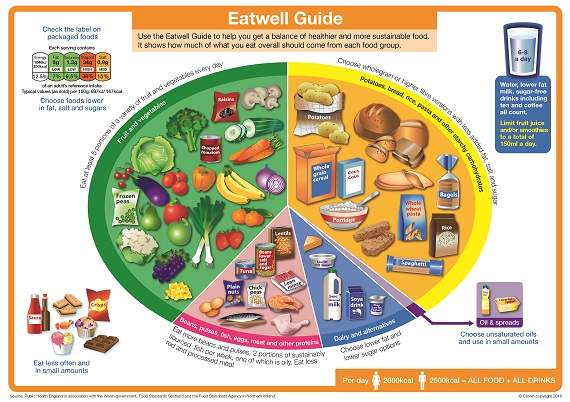Piling up our plates with more food and energy than we need, will mean your body will store the excess as fat and over time will lead you to become overweight or obese "“ increasing your risk of developing a number of diseases such as heart disease, type 2 diabetes and some types of cancer. On the other hand, not eating enough portions of some foods can mean you won`t be eating a balanced diet to provide your body with enough essential nutrients it needs to stay healthy. Understanding and tackling your portion sizes can have a great impact on your health as well as your waistline!
Check out Serving Sizes
Take a close look at suggested serving sizes on food labels. The nutrition information displayed per portion will reflect the suggested serving size and sometimes this can be smaller than you think it is. For example 500ml bottles of soft drinks often provide nutrition information for a serving size of 250ml "“ so if you are drinking the whole bottle you are drinking two portions and will be consuming more calories than you may think you are!



